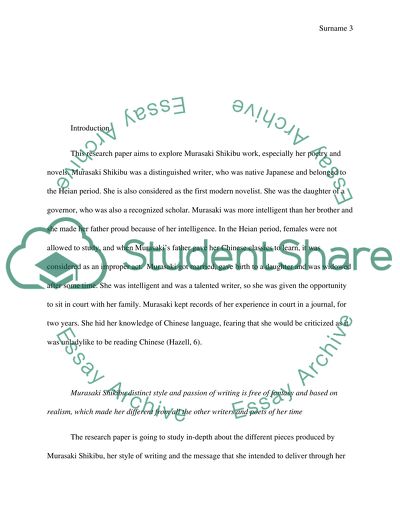Cite this document
(“Murasaki shikibu Research Paper Example | Topics and Well Written Essays - 1250 words”, n.d.)
Retrieved from https://studentshare.org/literature/1464012-murasaki-shikibu
Retrieved from https://studentshare.org/literature/1464012-murasaki-shikibu
(Murasaki Shikibu Research Paper Example | Topics and Well Written Essays - 1250 Words)
https://studentshare.org/literature/1464012-murasaki-shikibu.
https://studentshare.org/literature/1464012-murasaki-shikibu.
“Murasaki Shikibu Research Paper Example | Topics and Well Written Essays - 1250 Words”, n.d. https://studentshare.org/literature/1464012-murasaki-shikibu.


